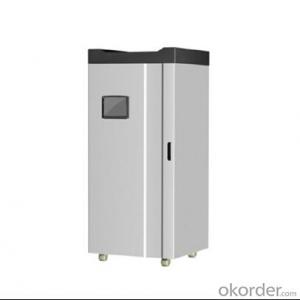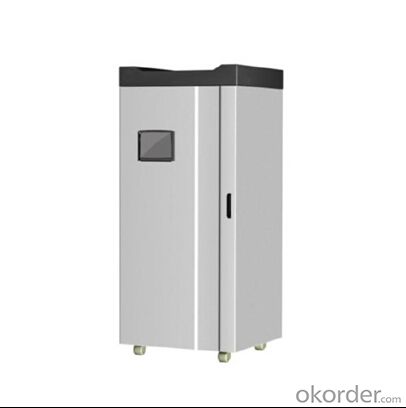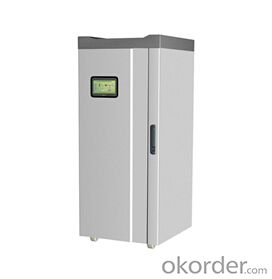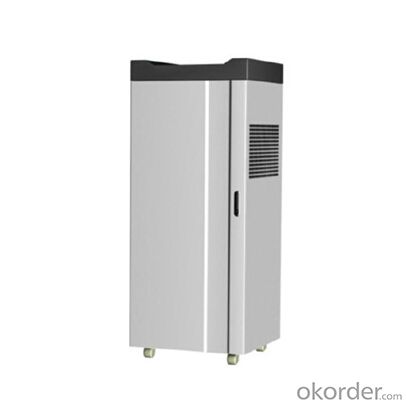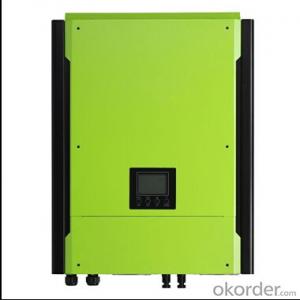Solar Inverter Japan - On-Grid Energy Storage PV Inverter PH500 Series 3-Phase 9kW
- Loading Port:
- China main port
- Payment Terms:
- TT or LC
- Min Order Qty:
- 90000 watt
- Supply Capability:
- 18000000 watt/month
OKorder Service Pledge
OKorder Financial Service
You Might Also Like
1. Structure of On-Grid Energy Storage PV Inverter Description
Three-phase AC-bus is a new energy power solution which can be used grid interactive and stand alone. An integrated ultra-fast AC transfer
switch guarantees that even sensitive back-up loads, like computers, never know when a utility outage occurs. The bi-directional inverter can
provide high quality true sine waveform power for the load. And the working mode of the Three-phase AC-bus can be selected and adjusted
to meet different requirements.
2. Main Features of the On-Grid Energy Storage PV Inverter
• Converters with Isolation design having safety and reliability;
• Protection functions of over-voltage, under-voltage, over-frequency, under-frequency, island effect protections, and pass the TUV;
• Fast off-on grid transition function to guarantee the stable operation of appliances;
• Multi-mode application of photovoltaic energy to bring out the intuitive economic benefits and long-time environmental effects;
• Fe-battery application with high capacity and high safety to provide longer time in cruising power
• Multiple working modes and working condition setups to meet individual demands of different customers
• On grid and off grid application available;
• Excellent power management function, providing unattended power supply solution;
• Easy installation and maintenance
• Functioning as UPS to guarantee uninterrupted power supply to the users;
• High security, stability and reliability
3. On-Grid Energy Storage PV Inverter Images
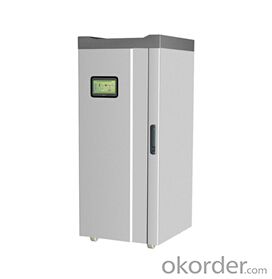
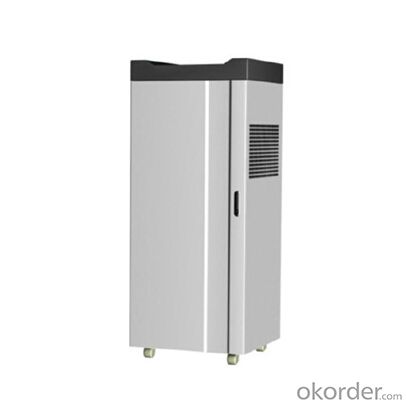
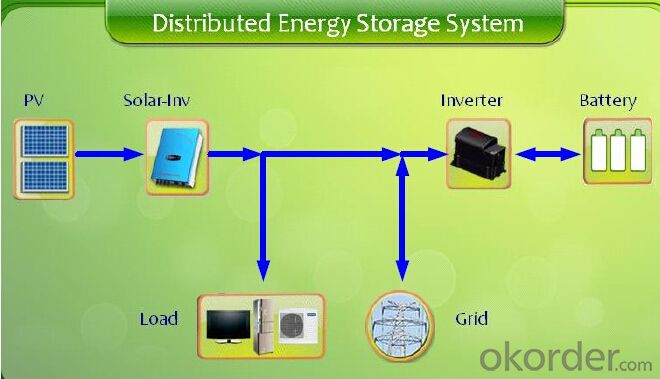
4. On-Grid Energy Storage PV Inverter Specification 窗体顶端 Product Name窗体底端 PH500 3-phase Continuous Power Rating 9KW AC SPECIFICATIONS Nominal AC Voltage 400Vac Nominal Frequency 50Hz Total Harmonic Distortion <4%< span=""> <2%< span=""> AC Transfer Switch Speed <20ms< span=""> Max• Inverter Efficiency 93% Reference Standards VDE-AR-4105 Output Waveform True Sine Wave DC SPECIFICATIONS Battery Voltage 52V 48~57VDC SYSTEM SPECIFICATIONS Usable Capacity ≥8KWh Exterior Communications Ethernet Operating Temperature 0oC~45oC Operating Humidity Range 10%~90% Altitude <2000m< span=""> Protection Grade IP20 Dimension (L x W x H) 750mm×609mm×1270mm Weight 305KG Enclosure Rating Indoor 窗体底端 5. FAQ of On-Grid Energy Storage PV Inverter Q1. What is the difference between inverter and On-Grid Energy Storage PV Inverter? Q2. What is the difference between MPPT&PWM? Q3. What is the waranty of product?
A1. Inverter only has AC inpput, but On-Grid Energy Storage PV Inverter both connect to AC input and solar panel, it saves more power.
A2. MPPT has higher efficiency, it can track the max power point and won't waste energy.
A3. 12 months.
- Q: How does a solar inverter affect the overall aesthetics of a solar installation?
- A solar inverter does not have a direct impact on the overall aesthetics of a solar installation as it is typically installed indoors or in a separate enclosure. The inverter's primary function is to convert the DC electricity generated by the solar panels into usable AC electricity for consumption. However, it is important to choose an inverter that is compatible with the installation's design and size to ensure efficient operation and minimal visual impact.
- Q: What are the advantages of using a three-phase solar inverter?
- The advantages of using a three-phase solar inverter include higher efficiency, improved power quality, and the ability to handle larger loads. Three-phase inverters distribute the power generated by solar panels more evenly across all three phases, resulting in balanced power output and reduced losses. This leads to increased overall system efficiency. Additionally, three-phase inverters offer better power quality, minimizing voltage fluctuations and harmonics, which can be beneficial for sensitive electronic equipment. Lastly, these inverters are capable of handling larger electrical loads, making them suitable for commercial and industrial applications.
- Q: After the PV inverter, how to achieve the same period before the network?
- It can automatically detect the generator and the grid frequency and voltage, in the frequency, voltage, phase are in line with the requirements of the grid to set the time before the release of the closing signal, so that it can be safely and securely connected.
- Q: Can a solar inverter be used with a solar-powered air conditioning system?
- Yes, a solar inverter can be used with a solar-powered air conditioning system. The solar inverter is responsible for converting the DC (direct current) power generated by solar panels into AC (alternating current) power that can be used to run electrical appliances, including an air conditioning system. This allows the solar-powered air conditioning system to operate efficiently using the solar energy generated by the solar panels.
- Q: What is the role of a solar inverter in a solar power system?
- The role of a solar inverter in a solar power system is to convert the direct current (DC) electricity generated by the solar panels into alternating current (AC) electricity that can be used to power household or commercial appliances and feed excess energy back into the grid.
- Q: How do you monitor the performance of a solar inverter?
- One way to monitor the performance of a solar inverter is by using a monitoring system or software specifically designed for this purpose. These systems typically collect data from the inverter, such as energy production, voltage levels, and operating parameters, and provide real-time analytics and reports. By regularly reviewing this information, any anomalies or issues can be quickly identified and addressed, ensuring the optimal performance of the solar inverter.
- Q: What is the maximum operating temperature of a solar inverter?
- The maximum operating temperature of a solar inverter can vary depending on the specific model and brand. However, most solar inverters are designed to operate within a temperature range of -20°C to 60°C (-4°F to 140°F). It is important to check the manufacturer's specifications to determine the exact maximum operating temperature for a particular solar inverter.
- Q: Can a solar inverter be connected to a battery backup system?
- Yes, a solar inverter can be connected to a battery backup system. This allows the solar power generated during the day to be stored in the batteries and used during times when there is no sunlight or during power outages.
- Q: What is the maximum AC output current that a solar inverter can provide?
- The maximum AC output current that a solar inverter can provide depends on its rating, which varies depending on the model and capacity of the inverter.
- Q: What is the lifespan of a solar inverter?
- The lifespan of a solar inverter typically ranges from 10 to 15 years, depending on various factors such as the quality of the inverter, proper maintenance, and operating conditions.
Send your message to us
Solar Inverter Japan - On-Grid Energy Storage PV Inverter PH500 Series 3-Phase 9kW
- Loading Port:
- China main port
- Payment Terms:
- TT or LC
- Min Order Qty:
- 90000 watt
- Supply Capability:
- 18000000 watt/month
OKorder Service Pledge
OKorder Financial Service
Similar products
Hot products
Hot Searches
Related keywords
